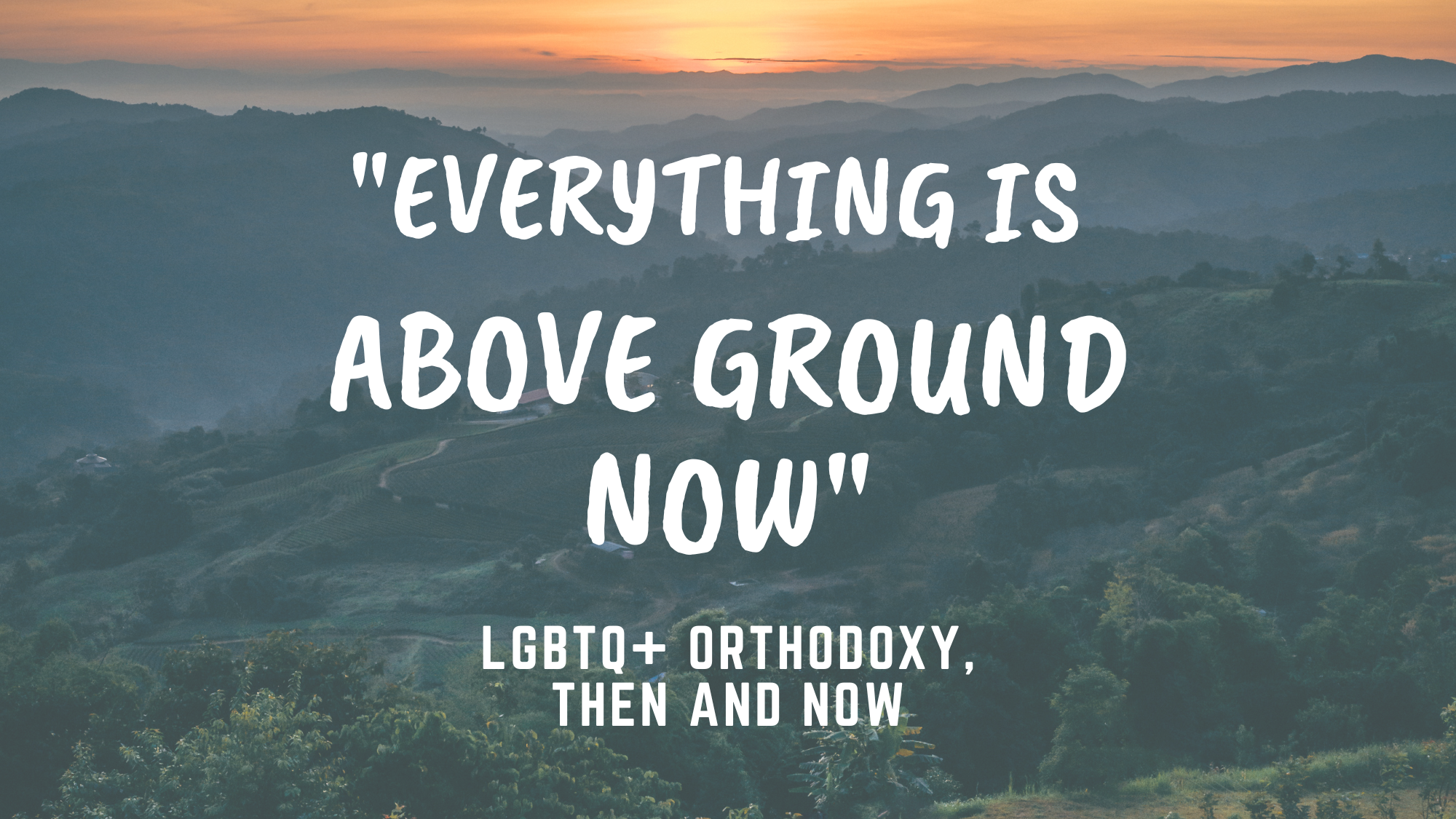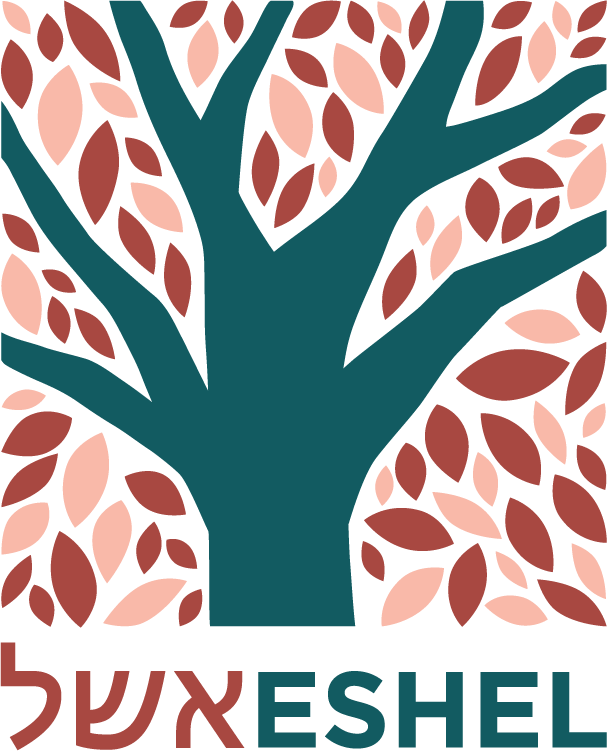
I recently spoke to Rabbi Jeff Fox on MaharatCast about the history of the LGBTQ+ community’s presence in the Orthodox world. I reflected on how since founding Eshel, the conversation about LGBTQ+ inclusion and identity in the Orthodox world is moving more and more into the open. When Eshel first began in 2010, one of the biggest challenges we faced in advocating for greater inclusion in shuls and communities was that few rabbis were willing to address the topic with us, either publicly or privately. Today, we have over 250 Rabbis who we have spoken to through our Welcoming Shuls Project, and even more who have reached out to us when their school or shul needed help.
As I reflected on how Eshel has helped bring this conversation to the forefront, I was struck by an article from 2001 that Moment magazine recently shared again. The piece, titled “The Gay Orthodox Underground,” highlighted the ways our “underground” community found ways to gather – especially in the form of confidential support groups. These support groups, including GLYDSA (Gay and Lesbian Yeshiva Day School Alumni Association) and Orthodykes, were the seedlings that eventually led to Eshel’s growth a decade later. Here are some of my thoughts on what has changed – and what hasn’t – over the last 20+ years.
What Has Changed:
I started the New York chapter of Orthodykes after returning from Israel because I had experienced firsthand how transformative it was for us to gather, to recognize that we are not alone. In 2001, so many of us felt like we were the only ones. At the time, the Orthodox community’s response to the LGBTQ+ community was defined by silence – few Rabbis acknowledged the existence of LGBTQ+ people, or imagined that we were a part of their communities. Now, more than 20 years later, we are seen. While some may speak more sensitively than others, more and more rabbis and communities are aware of and openly acknowledging the existence of LGBTQ+ Jews.
What Has Stayed the Same:
Eshel’s board president, Shlomo Ashkinazy, shared in 2001 how the power of the LGBTQ+ community, staying in Orthodox spaces and asserting that we don’t have to choose between the two identities, was changing Orthodoxy:
Ashkinazy, meanwhile, says the groups are transforming the community. For a long time, he says, “people couldn’t conceive that it was possible to be gay and frum, so they were leaving [Orthodoxy] in droves.” Now, he says, “More and more people are staying frum—because of the support system and the role models.”
The same is true today. At Eshel, we see more and more LGBTQ+ people finding role models and supportive figures within their community – peers, siblings, parents, lay leaders, or rabbis – and trying to make a place for themselves. In turn, seeing LGBTQ+ people contributing to our communities, living our frum lives, has helped more leaders and community members to view us as an indispensable part of our community, and to join us in insisting that we be fully integrated, valued, celebrated, and loved.
Miryam Kabakov
Executive Director

